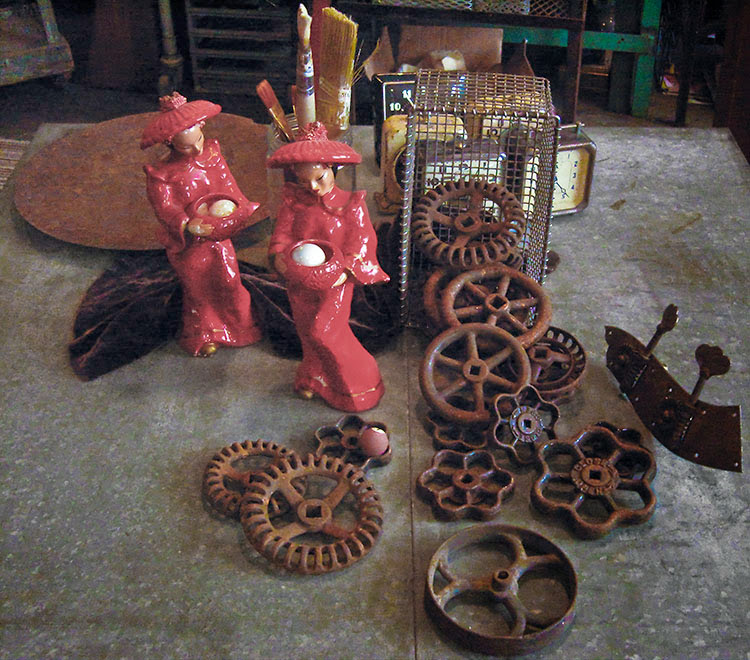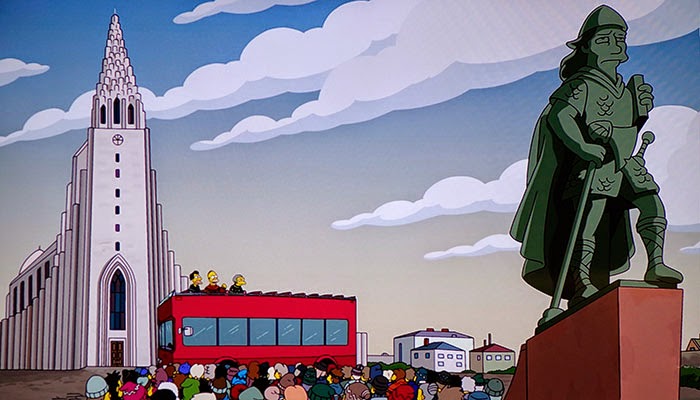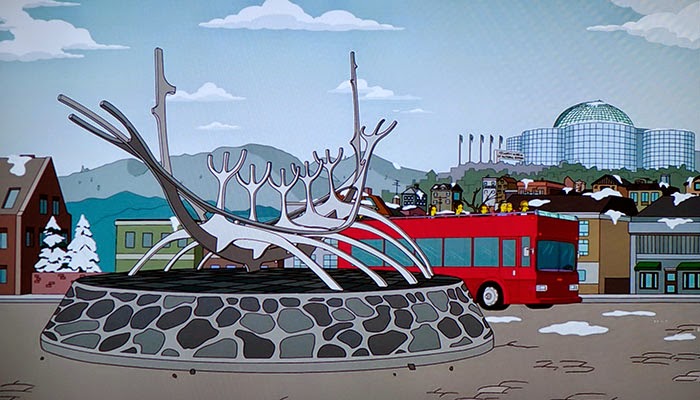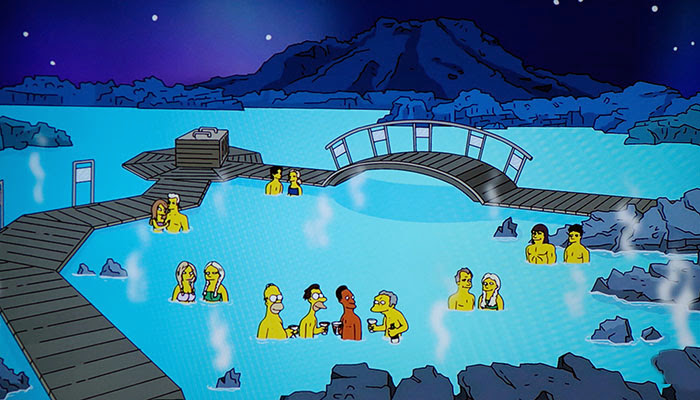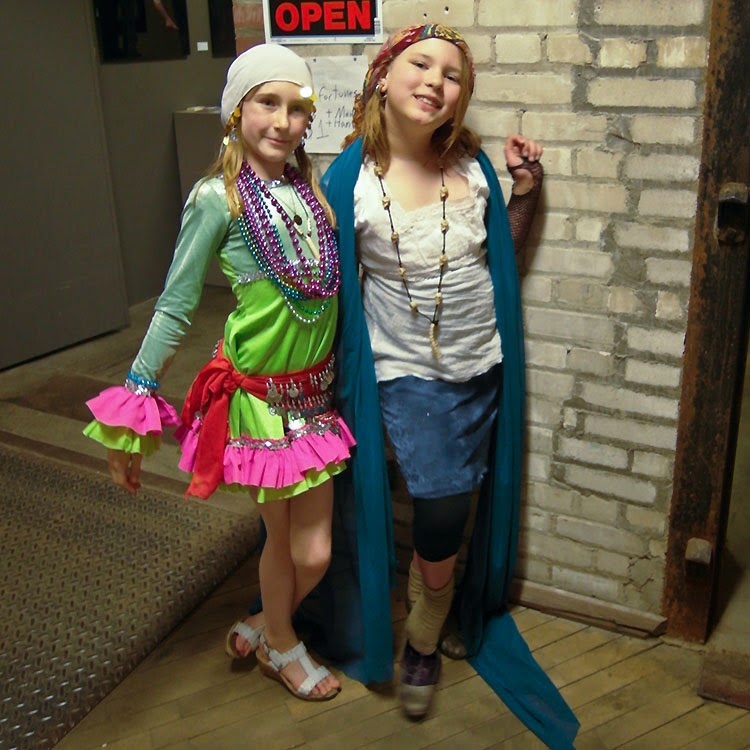 Beth, Metropolitan Community College, Minneapolis, 1970
Beth, Metropolitan Community College, Minneapolis, 1970
While searching through the archives, looking for something, I came across this sheet of negatives. They weren't what I wanted. Instead of an answer, I found only questions in the pieces of a puzzle which I have never solved.
We where both 19. She had moved to Minneapolis from Iowa; her father worked in a dairy. We ended up in the same studio art class. She was soft-spoken, but not shy—she broke the ice, asking me why my hair was brown and my beard was red. "The same reason my public hair is red." I said. Classy way way to further a conversation! She laughed. A connection.
Her best friend was my sort-of girlfriend (also the girlfriend of a guy I knew from high school). We would do things together, three or four of us in various combinations. It was a bad situation and I was so confused that I couldn’t see the much better alternative standing right in front of me. A missed connection.
Eventually the triangle broke, I was “free”, but still blind. I no longer had a girlfriend, but my art class friend and I continued to do things together. She invited me to parties. We once spent a night looking at the stars above Lake Calhoun where I made a clumsy pass which she rejected. She had started to take her art seriously, even to the point of going on an ill-fated trip to Austria to study (and starve.) When we met again, at the University, she had changed. Her art friends now were in a different orbit. A
nightmare party I spent with them made me realize that I did not belong. We even went to a concert:
She started selling her art work, I’d still run into her, she called me a couple times for some photography. We were just old friends, but nothing more. Life had other plans for us. I married; she had been in a terrible car crash. I took pictures of her scars. And then we finally lost connection.
She liked me. I liked her. She was sweet, filled with genuine kindness. I was Goethe's
Young Werther, full of self-conflict. She loved her father. I was estranged from my family.
She still does her art, I believe. I found her profile on an old Minnesota Artists’ web page. She's changed, of course, but her art was instantly recognizable. There's an email address, it might still be good, I don’t think she’d appreciate it if I tried to make a connection now.

Photography can play a cruel tricks, taunting us with images burnished by time.
Images of missed connections.







